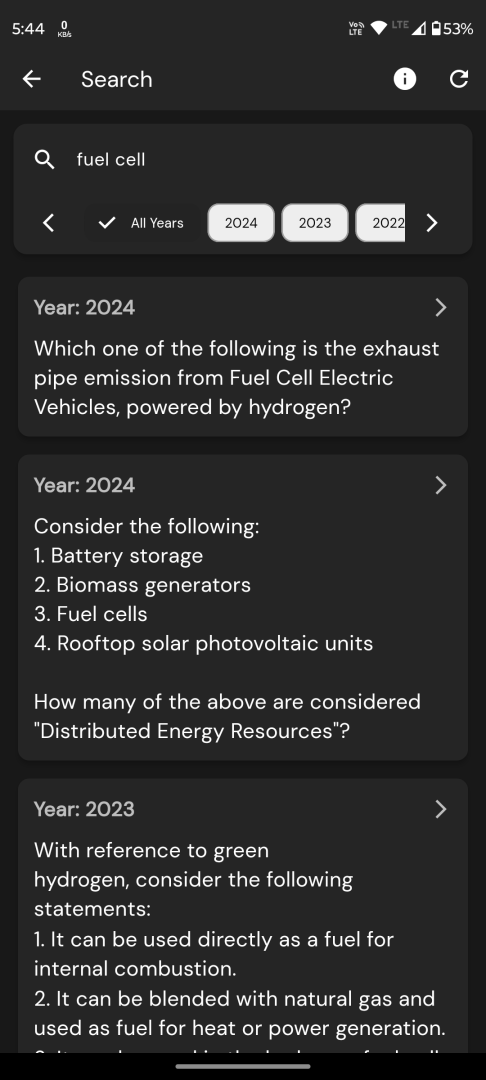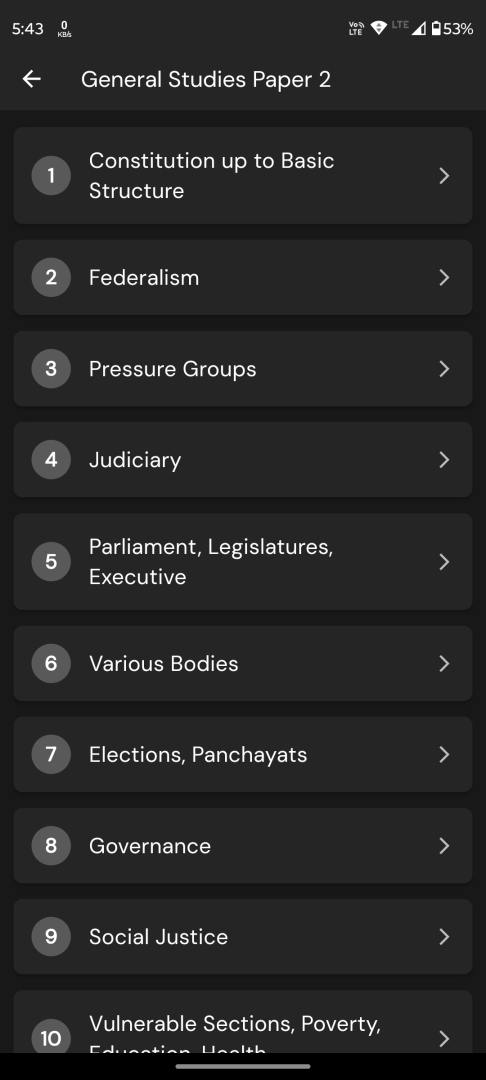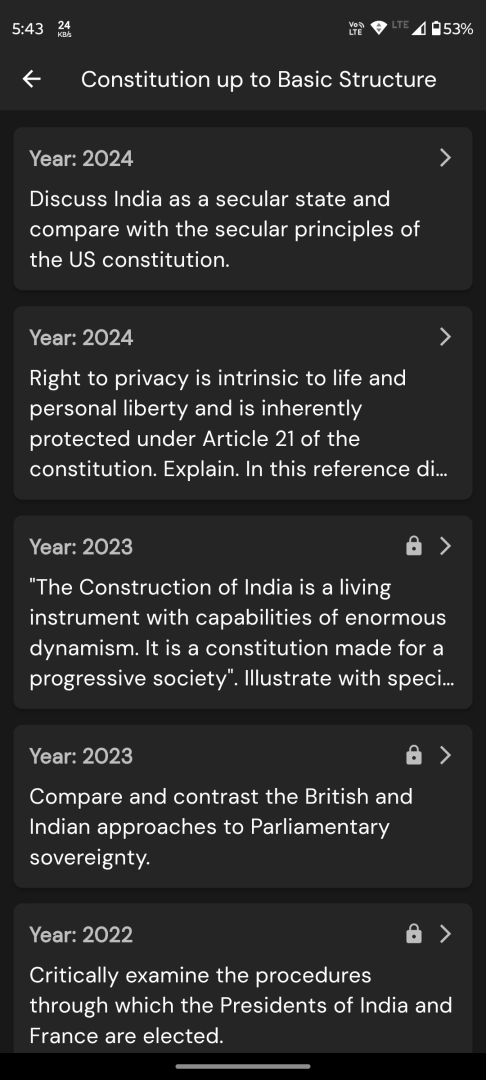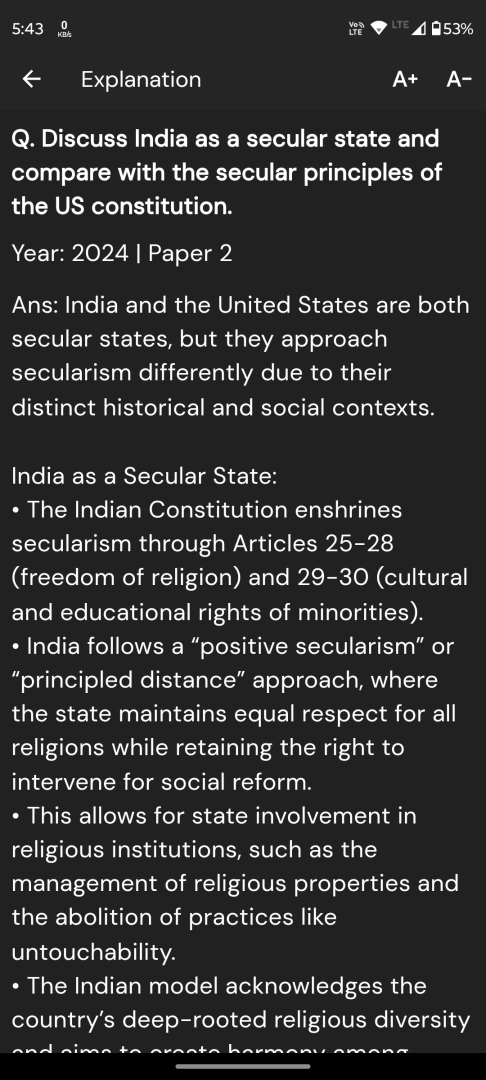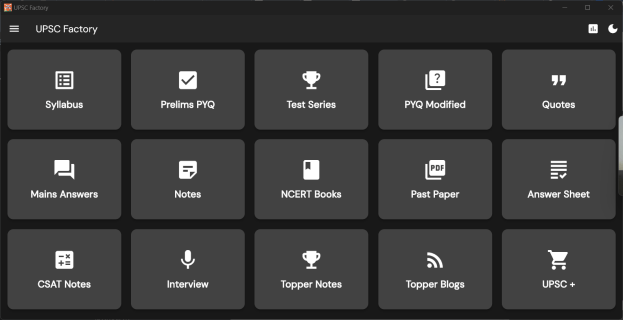Paragraph: In our country, handlooms are equated with a culture that ensures a continuity of tradition.
In our country, handlooms are equated with a culture that ensures a continuity of tradition. This idea has become part of the public policy-framing and provides a legitimate basis for the State to support the sector. But the notion of tradition as a single, linear entity is being strongly contested today. The narratives dominant in defining culture/tradition in a particular way are seen to have emerged as the identities and histories of large sections. The discounted and, at times, forcibly stifled identities are fighting for their rightful place in history. Against this backdrop, when we promote handloom as a traditional industry, it is not surprising that large sections of our population choose to ignore it.
Q1. Which one of the following statements best reflects the most logical and rational message conveyed by the author of the passage?
(a) We need to free the handloom industry from the limited narrative linked to preserving cultural heritage.
(b) Continued State support to the handloom industry ensures the preservation of some of our glorious art forms and old traditions.
(c) Household units of the handloom sector should be modernized and made an economically viable organized industry.
(d) Handloom products need to be converted to machine-made designer products so as to make more popular.
Q2. With reference to the above passage, the following assumptions have been made:
I. There is no need for the State to be involved in any manner in the handloom sector.
II. Handloom products are no longer appealing and attractive in the rapidly changing modern world.
Which of the above assumptions is/are valid?
(a) I only
(b) II only
(c) Both I and II
(d) Neither I nor II
UPSC Prelims 2025 CSAT
Q1. Correct Option: (a) We need to free the handloom industry from the limited narrative linked to preserving cultural heritage.
Explanation:
The passage clearly argues that the current narrative equating handlooms solely with tradition and cultural heritage is problematic. It states that the notion of tradition as a single, linear entity is being contested, and that this limited narrative has led large sections of the population to ignore handlooms. Thus, the author logically suggests that we must move beyond this narrow definition and free the handloom industry from being exclusively associated with preserving cultural heritage. Hence, option (a) best captures the author’s intended message.
Option (b) contradicts the author’s viewpoint by supporting continued state support based on tradition alone. Option (c) and (d) introduce ideas (modernization, machine-made products) not discussed or implied in the passage.
Q2. Correct Option: (d) Neither I nor II
Explanation:
The assumptions given are:
I. “There is no need for the State to be involved in any manner in the handloom sector.”
The passage does not suggest or imply that the State should completely withdraw from supporting the handloom sector. It only criticizes the narrow cultural narrative used as a basis for state support, not the involvement itself.
II. “Handloom products are no longer appealing and attractive in the rapidly changing modern world.”
The passage does not imply that handloom products lack appeal or attractiveness. Rather, it suggests that the limited narrative of tradition is causing large sections of people to ignore handlooms, not necessarily because the products themselves are unattractive or outdated.
Thus, neither assumption I nor assumption II is valid based on the given passage. Hence, option (d) is correct.

